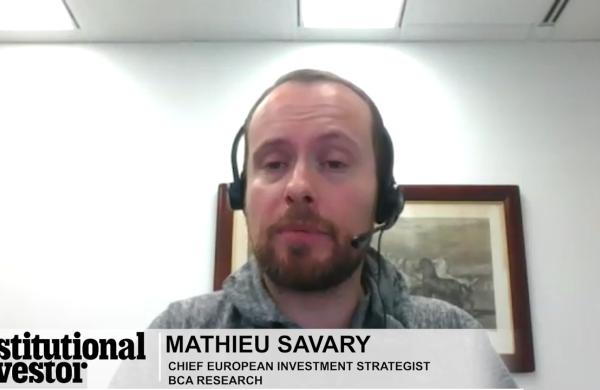The European Commission’s draft regulation on over-the-counter derivatives and market infrastructure, issued in September, has been broadly welcomed by market participants, but the reaction has been muted because many of the crucial details have yet to be settled. The rules are designed to be consistent with the Dodd-Frank Wall Street Reform and Consumer Protection Act. Yet legal experts believe there could be some significant differences by the time the legislation goes into effect at the end of 2012.
One likely difference is the result of intensive lobbying by European corporations over the past year. The draft regulation says that nonfinancial companies are only obliged to clear their derivatives contracts through a central counterparty if the size of their positions is above a certain threshold. It also exempts financial entities trading with nonfinancial entities that do not exceed the threshold. “In this regard, the proposed regulation is less restrictive than the Dodd-Frank Act, which only allows nonfinancial entities to avoid the clearing obligation where they are hedging commercial risk and certain other conditions are met,” says David Felsenthal, a partner at law firm Clifford Chance in New York.
It is far from certain, however, what the clearing threshold will be. The EC has said only that in setting the threshold it will take into account “the systemic relevance of the sum of net positions by counterparty per class of derivatives.” The threshold will eventually be determined by the European Securities and Markets Authority, which the EC is establishing to ensure the application of European rules by national authorities. ESMA begins operations on January 1.
Hedge funds cautiously welcome the new proposals. The London-based Alternative Investment Management Association has praised parts of the EC’s draft, acknowledging the need, as CEO Andrew Baker said in a September statement, for “increased transparency in derivatives settlement” regardless of increased costs to the industry. But AIMA, whose membership represents more than 1,200 hedge fund firms around the world, is also concerned about what it calls “potentially protectionist” implications for non-EU central counterparties that will have to meet tough conditions to serve EU clients.
“Non-EU countries will need to show they have a legal and supervisory regime equivalent to that in the EU, which effectively requires EU law to be exported to non-EU countries,” says Sebastian Barling, an attorney at Reed Smith in London.
There will be plenty of time to debate this issue further as the EC guides the draft regulation into legislation at what is sure to be a stately pace. All negotiations related to Group of 20 commitments to financial reform are due to be completed by the end of 2011, and the EC expects the new rules to be fully operational by the end of 2012.
A host of technical details has yet to be agreed on. For instance, the draft says that standardized OTC derivatives contracts must be traded on an exchange and cleared through a central counterparty, or CCP, but there is no definition yet of what contracts are to be included. Alberto Pravettoni, head of corporate strategy at LCH.Clearnet Group, the biggest clearer of OTC derivatives in Europe, says this is a crucial issue.
“To clear safely, there must be transparent pricing and reasonable liquidity in the contracts being cleared,” he explains. “It is important to establish which OTC contracts are suitable for central clearing.”
The EC says the definition will have to be worked out by a combination of CCPs and ESMA. They will have to do so with care if they are to carry the U.K. with them: The U.K.’s Financial Services Authority warned in a December 2009 paper that clearing all standardized contracts through CCPs “could lead to a situation where the CCP is required to clear a product it is not able to risk manage effectively.”
More clarity is also needed on what OTC derivatives won’t need to be cleared. Those contracts will be subject to higher capital requirements, but the levels have yet to be set.
The regulation does not touch on the issue of how the collapse of a central counterparty will be handled; the FSA addressed this in its December paper, arguing that CCPs were of “systemic importance.” This is a concern that LCH.Clearnet’s Pravettoni shares.
“The enthusiasm for more OTC clearing must be combined with a real appreciation of the importance of a robust default management process,” he says. “Without this, the danger is that the risk is simply transferred to the clearinghouse.” Nor is it clear how expensive the new system will be as far as increased compliance costs and CCP margin requirements.
Whatever the nature of the regulatory regime that eventually emerges, it is certain to offer more opportunities for existing clearinghouses in Europe, including LCH.Clearnet, which has been clearing derivatives for 11 years and now handles 40 percent of all interest rate swap volumes, with $246 trillion of notional trades outstanding. Pravettoni says his firm is developing a broader array of OTC clearing products, including the first-ever service for foreign exchange derivatives in Europe.
Others have identified the opportunities in the growing market. In addition to existing competitors like IntercontinentalExchange’s ICE Clear Europe, LCH.Clearnet is set to face challenges from CME Clearing Europe, Deutsche Börse’s Eurex Clearing and possibly the London Stock Exchange.





